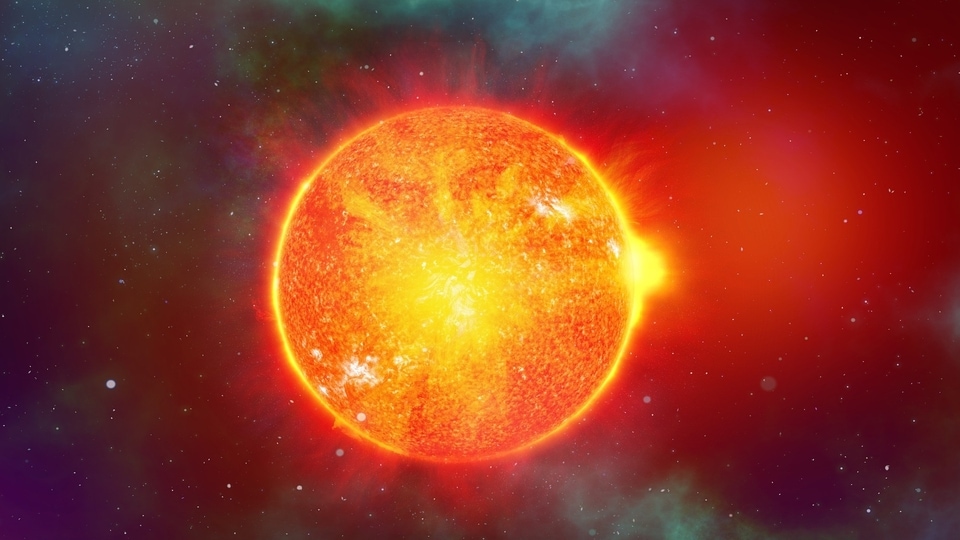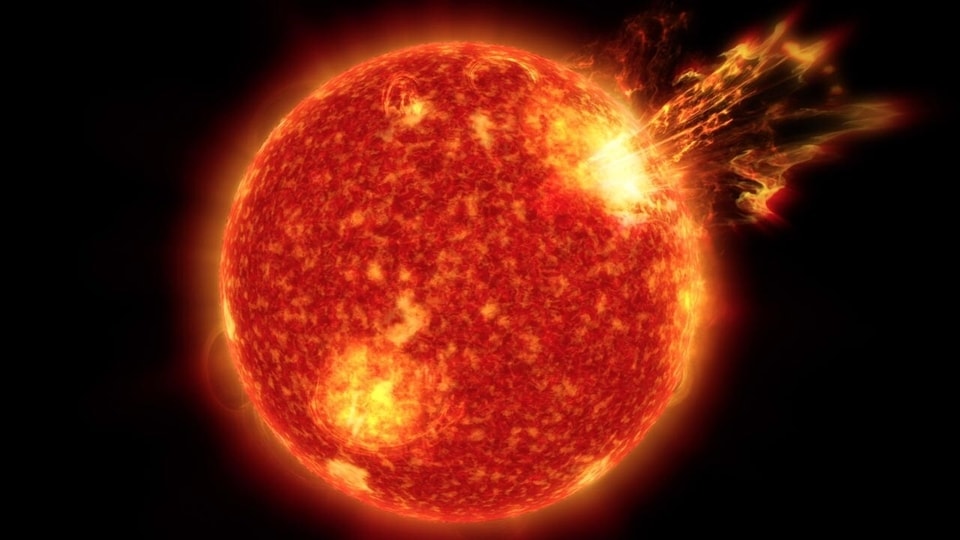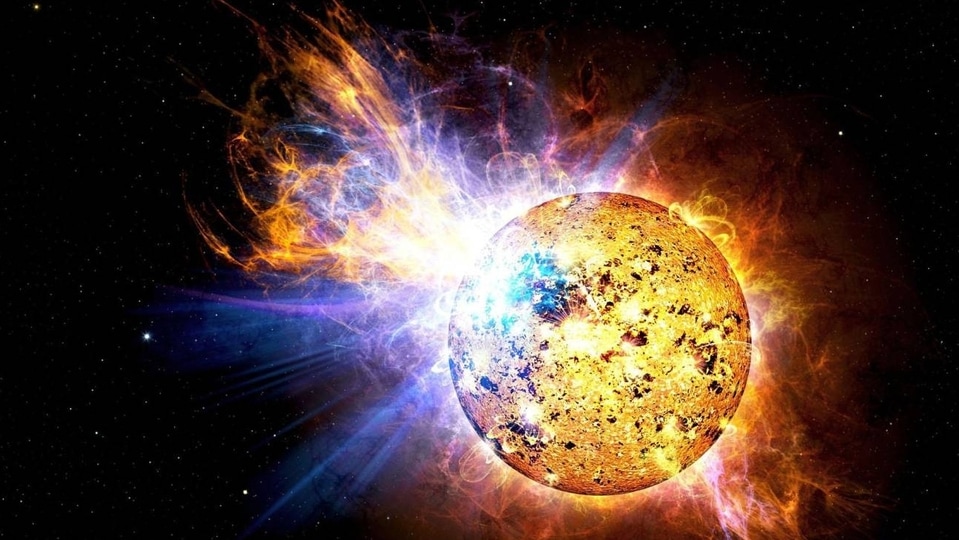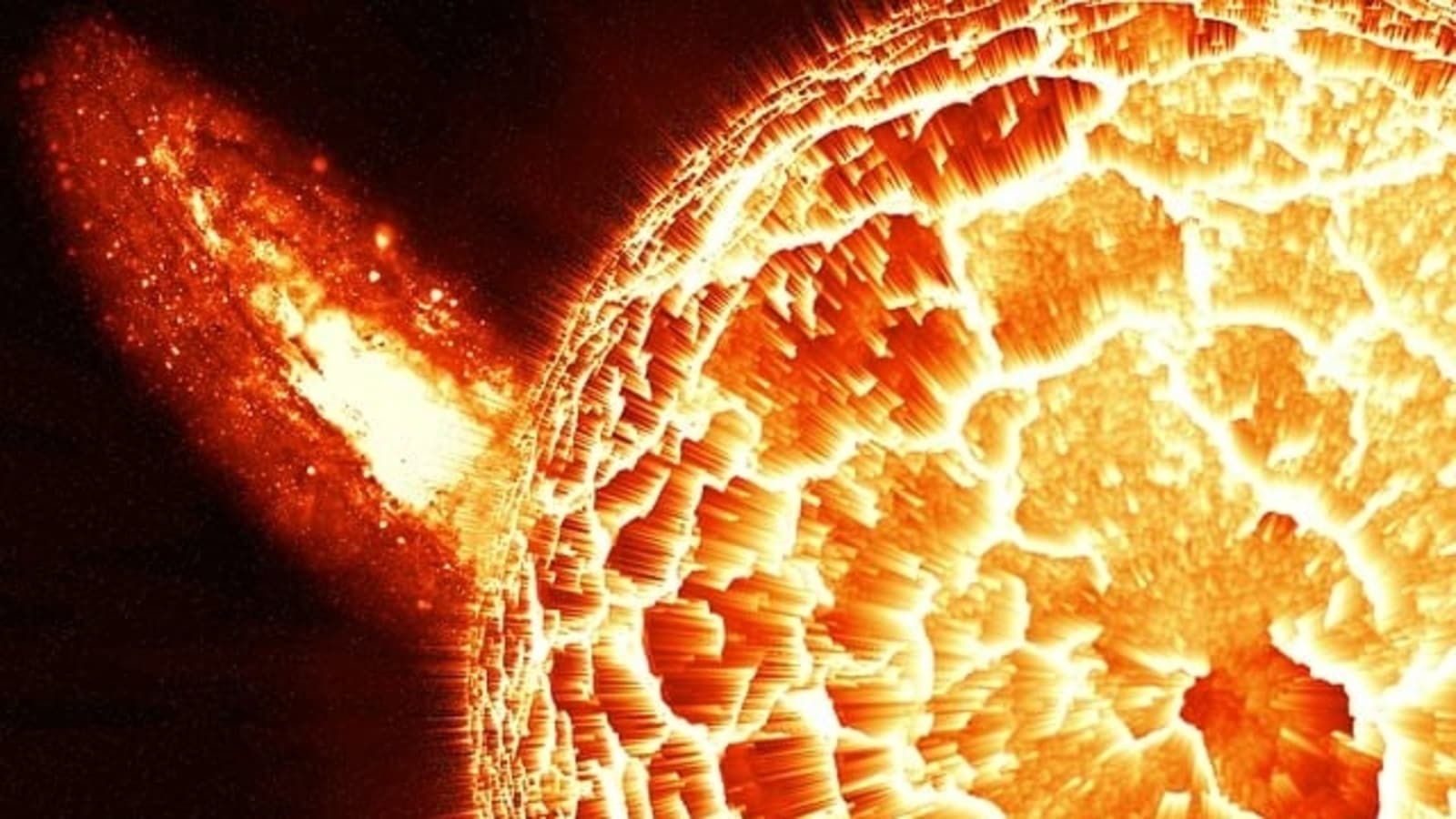CME hits Earth and causes a 20 nT bang, sparks G1-class Geomagnetic storm today
The magnetometer located at the United States Geological Survey facility in Virginia recorded a big jolt as a CME struck Earth yesterday, July 16. It has sparked a geomagnetic storm today.






 View all Images
View all ImagesNASA has a full suite of instruments to measure solar activity that affects Earth. The Solar and Heliospheric Observatory or SOHO is one of the premier instruments that is used by NASA and ESA. Launched in 1995, SOHO is equipped with 12 scientific instruments, such as an Extreme Ultraviolet Imaging Telescope (EIT), Michelson Doppler Imager (MDI), LASCO (Large Angle and Spectrometric Coronagraph), and others. SOHO captures images of the sun's corona, measures the velocity and magnetic fields of the sun's surface, and observes the faint corona around the sun.
With the help of such advanced tech, forecasters have revealed that a CME hit Earth recently and caused a big jolt that sparked a geomagnetic storm today.
CME strikes Earth
According to a report by spaceweather.com, forecasters at the National Oceanic and Atmospheric Administration (NOAA) have revealed details of a CME that hit Earth yesterday, July 16. Shockingly, this CME was predicted to impact the planet today, but it prematurely hit the planet. It caused a big jolt which was measured at 20 nT by the United States Geological Survey's magnetometer, located at Fredericksburg, Virginia. For the unaware, nT stands for nanotesla and is the SI unit that is used to measure magnetic flux density.
As a result of this CME impact, a G-1 class geomagnetic storm could be on the cards too. The spaceweather report states, “Arriving a full day earlier than expected, a CME hit Earth's magnetic field on July 16th. A G1-class geomagnetic storm is now underway.”
Are G1 Geomagnetic storms dangerous?
According to NASA, when a solar storm interacts with Earth's magnetic field, it results in the formation of geomagnetic storms. G1-class geomagnetic storms are considered minor storms, and they generally don't cause a lot of damage. Such magnetic storms may not be strong enough to affect mobile networks or damage satellites, but they can still cause radio blackouts and disrupt GPS signals. While geomagnetic storms affect tech, they are also the reason behind stunning streaks of green light across the sky known as Northern Lights or Aurora Borealis.
Things can be worsened if these CME clouds pick up solar winds on their way and combine with them to spark terrifying solar storms.
Catch all the Latest Tech News, Mobile News, Laptop News, Gaming news, Wearables News , How To News, also keep up with us on Whatsapp channel,Twitter, Facebook, Google News, and Instagram. For our latest videos, subscribe to our YouTube channel.































